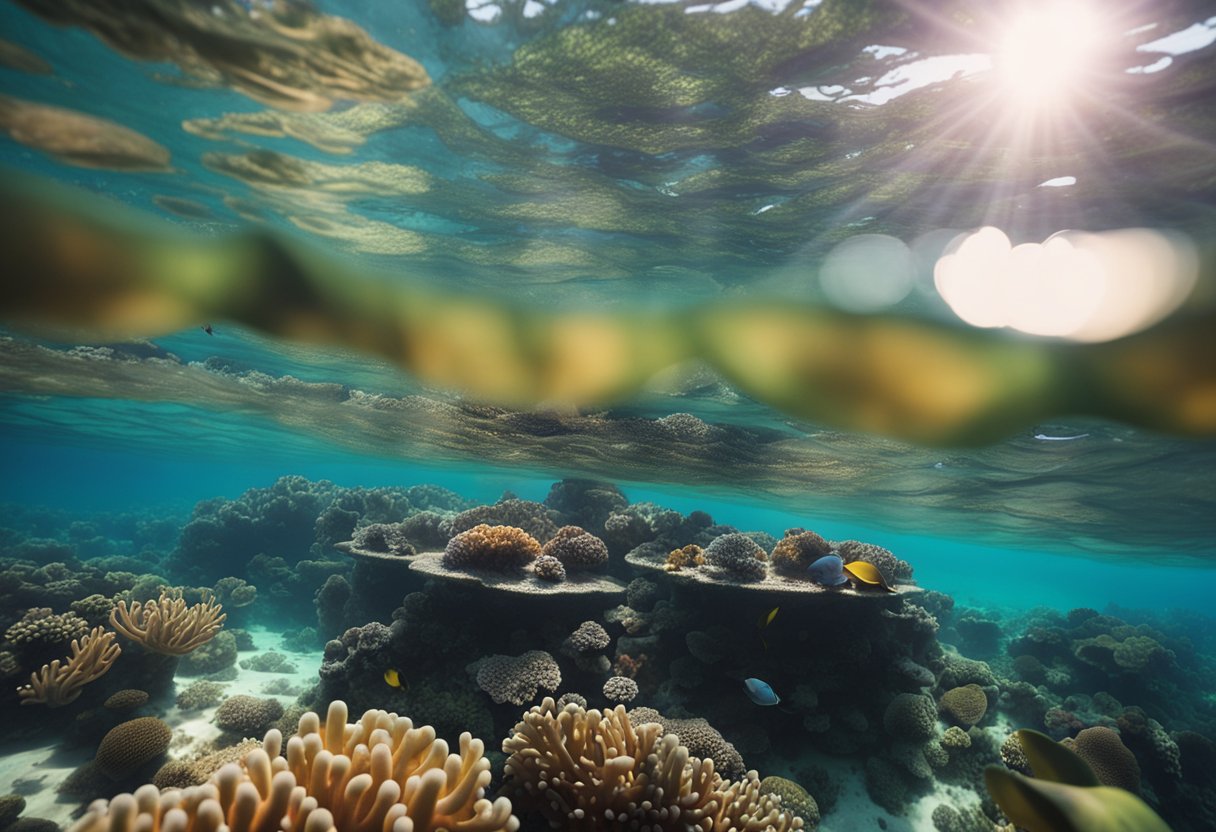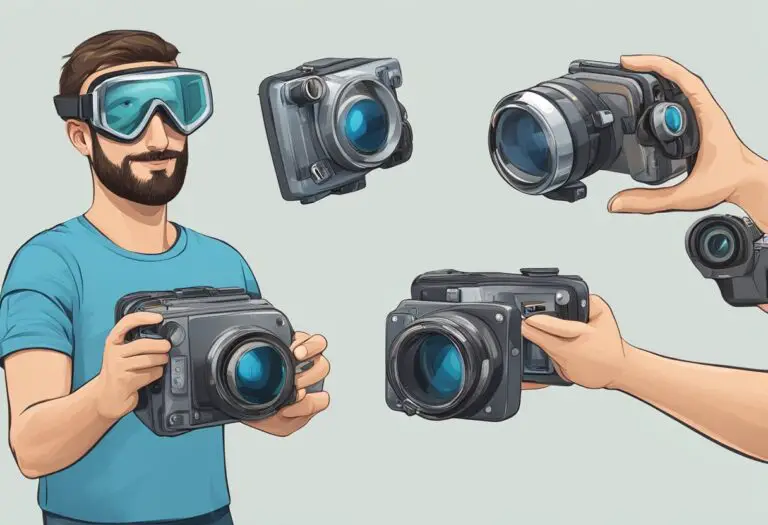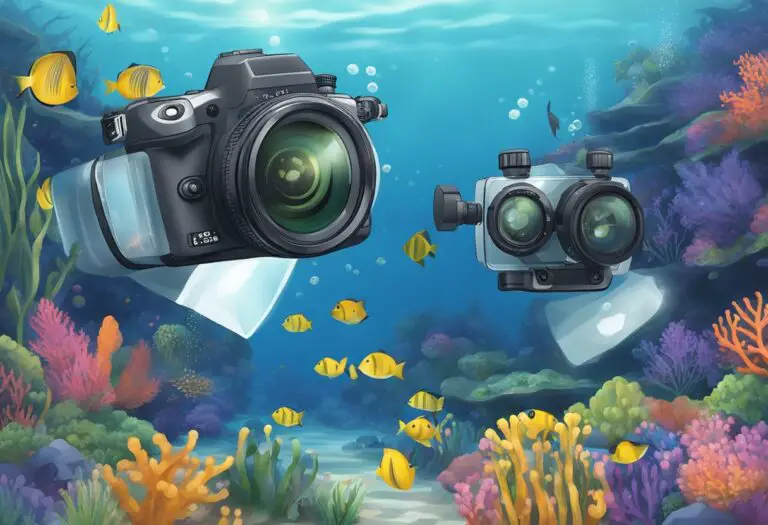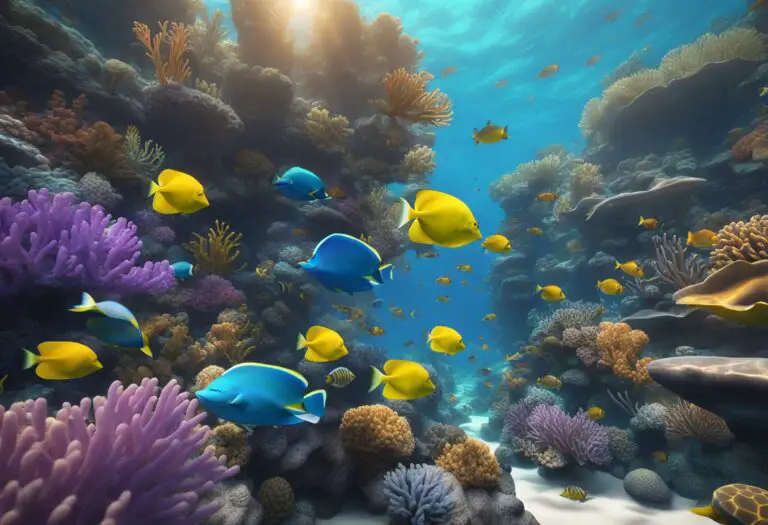Best Techniques for Crystal-Clear Underwater Images
Crystal-clear underwater images are a coveted achievement for many photographers and videographers. Capturing the beauty and mystery of the underwater world can be a challenging task, but with the right techniques and equipment, it is possible to produce stunning and vibrant images. In this article, we will explore some of the best techniques for achieving crystal-clear underwater images.
One of the most important factors in capturing clear underwater images is the quality of the water. Poor visibility, caused by factors such as sediment, algae, or pollution, can greatly affect the clarity of your images. Therefore, it is important to choose a location with clear water and to plan your shoot around the time of day when the water is clearest. Additionally, using a polarizing filter on your camera lens can help reduce glare and improve the clarity of your images.
Another important factor in achieving crystal-clear underwater images is proper lighting. The deeper you go underwater, the less natural light there is, which can result in dark and murky images. Using artificial lighting, such as strobes or video lights, can help illuminate your subject and bring out its natural colors. However, it is important to use the right type of lighting for your subject and to position it correctly to avoid harsh shadows or overexposure.
Understanding Water Clarity

Impact of Water Composition
Water clarity is a critical factor in capturing crystal-clear underwater images. The composition of the water affects its clarity. Water with high levels of suspended particles, such as sediment and algae, will reduce visibility and make it harder to capture clear images.
The clarity of water can be affected by various factors such as temperature, salinity, and nutrient levels. For example, warm water holds less dissolved oxygen, and this can cause an increase in algae growth, which can reduce visibility.
Additionally, the amount of natural light that penetrates the water column can affect the clarity of the water. The angle of the sun, the time of day, and the location all play a role in the amount of light that reaches the water’s surface.
Light Behavior Underwater
Light behaves differently underwater than it does in air. Water absorbs and scatters light, which can affect the color and clarity of underwater images. The amount of light that penetrates the water column decreases with depth, and the colors of objects also change as they become less visible with increasing depth.
Different colors of light penetrate water to different depths. Red light is absorbed quickly and does not penetrate deep into the water column, while blue and green light can penetrate deeper. This means that underwater images will appear blue or green, depending on the depth and the amount of available light.
In conclusion, understanding water clarity is essential for capturing crystal-clear underwater images. Factors such as water composition and light behavior underwater can affect the clarity of water. By taking these factors into account, photographers can adjust their techniques and equipment to achieve the best possible results.
Equipment Selection

When it comes to capturing crystal-clear underwater images, selecting the right equipment is crucial. Here are some important factors to consider:
Choosing the Right Camera
Selecting the right camera is the first step in achieving high-quality underwater images. It is recommended to choose a camera that has a high resolution, preferably 12 megapixels or more. Cameras with larger sensors perform better in low light conditions and produce less noise in the images.
It is also important to consider the camera’s lens. A wide-angle lens is ideal for capturing underwater landscapes and seascapes, while a macro lens is better suited for capturing close-up images of marine life.
Underwater Housing Essentials
Underwater housing is essential for protecting the camera from water damage. It is important to choose a housing that is specifically designed for the camera model being used. Housing should be made of high-quality materials that can withstand the pressure and temperature changes of the underwater environment.
It is also important to ensure that the housing has proper controls for adjusting the camera’s settings, such as aperture, shutter speed, and ISO.
Importance of Lighting Equipment
Lighting is a crucial component of underwater photography. Without proper lighting, images can appear dark and lack detail. It is recommended to use external strobes or video lights to illuminate the subject.
When selecting lighting equipment, it is important to consider the color temperature and power output. A color temperature of 5000-5500K is ideal for producing natural-looking colors in underwater images. The power output should be sufficient to illuminate the subject without causing overexposure.
By carefully selecting the right camera, underwater housing, and lighting equipment, photographers can capture stunning, crystal-clear images of the underwater world.
Composition and Framing
When it comes to taking crystal-clear underwater images, composition and framing play a crucial role in the final outcome of the photograph. Here are some techniques to help you achieve the best composition and framing for your underwater images.
Rule of Thirds Underwater
The rule of thirds is a well-known composition technique in photography, and it can be applied underwater as well. The rule of thirds suggests that the subject should be placed off-center, at one of the four intersection points of imaginary lines that divide the image into thirds.
When taking underwater photos, it’s important to keep in mind the position of the subject and how it relates to the background. By placing the subject off-center, you can create a more dynamic and interesting image. This technique can be especially effective when photographing larger marine life, such as sharks or manta rays.
Subject Placement and Background
In addition to the rule of thirds, subject placement and background are also important factors in achieving a great composition. When photographing a subject, it’s important to consider the background and how it will affect the overall image.
For example, a busy or cluttered background can distract from the subject and make the image appear chaotic. On the other hand, a plain or uninteresting background can make the image appear dull and unexciting. Therefore, it’s important to choose a background that complements the subject and adds to the overall composition.
By following these techniques, you can achieve a great composition and framing for your underwater images. Remember to experiment with different angles and perspectives to find the best composition for your subject.
Mastering Shooting Techniques
When it comes to underwater photography, mastering shooting techniques is essential to achieving crystal-clear images. In this section, we’ll cover two key areas to focus on: manual settings for exposure control and stabilization strategies.
Manual Settings for Exposure Control
One of the biggest challenges of underwater photography is dealing with the low light conditions. To overcome this, photographers need to have a solid understanding of manual settings for exposure control.
Firstly, aperture settings are crucial. A wider aperture setting (lower f-stop number) will let more light in, but will also result in a shallower depth of field. A narrower aperture setting (higher f-stop number) will result in a greater depth of field but less light will be let in.
Secondly, shutter speed is another important setting to consider. A slower shutter speed will allow more light in, but will also increase the risk of motion blur. A faster shutter speed will freeze the motion, but may result in underexposure.
Finally, ISO settings can help to compensate for low light conditions. However, higher ISO settings can also result in more noise in the image. It’s important to find the right balance between ISO, aperture, and shutter speed to achieve the desired exposure.
Stabilization Strategies
Another challenge of underwater photography is dealing with the movement of the water. This can result in blurry images, especially if the photographer is not using a tripod or other stabilization techniques.
One effective strategy is to use a strobe or flash to freeze the motion of the subject. This can help to compensate for any movement in the water.
Another strategy is to use a tripod or other stabilization device. This can help to keep the camera steady and reduce the risk of blurry images.
In conclusion, mastering shooting techniques is essential to achieving crystal-clear underwater images. By understanding manual settings for exposure control and utilizing stabilization strategies, photographers can overcome the challenges of low light and movement in the water to capture stunning images.
Post-Processing and Editing
Post-processing and editing are essential steps in achieving crystal-clear underwater images. Even the best photographers need to edit their photos to enhance the colors, contrast, and sharpness of the image. Here are some tips for post-processing and editing underwater images:
Color Correction Tips
One of the biggest challenges of underwater photography is the loss of color due to the absorption of light as it travels through water. To correct this, photographers can adjust the white balance of their images. This will help to restore the natural colors of the underwater world.
Another way to enhance color is by using a color correction filter while shooting. These filters help to restore the red, orange, and yellow hues that are lost underwater. In post-processing, photographers can also adjust the saturation and vibrance to make the colors pop.
Cropping and Sharpening Techniques
Cropping is a great way to improve the composition of an underwater image. By cropping, photographers can remove unwanted elements from the frame and focus on the main subject. It’s important to keep in mind that cropping too much can reduce the quality of the image.
Sharpening is another important step in post-processing. Underwater images tend to be soft and lack detail due to the scattering of light. To sharpen an image, photographers can adjust the clarity and sharpness settings in their editing software. It’s important to be careful not to over-sharpen, as this can create artifacts and make the image look unnatural.
In conclusion, post-processing and editing are crucial steps in achieving crystal-clear underwater images. By using color correction and cropping and sharpening techniques, photographers can enhance the colors, clarity, and composition of their images.







